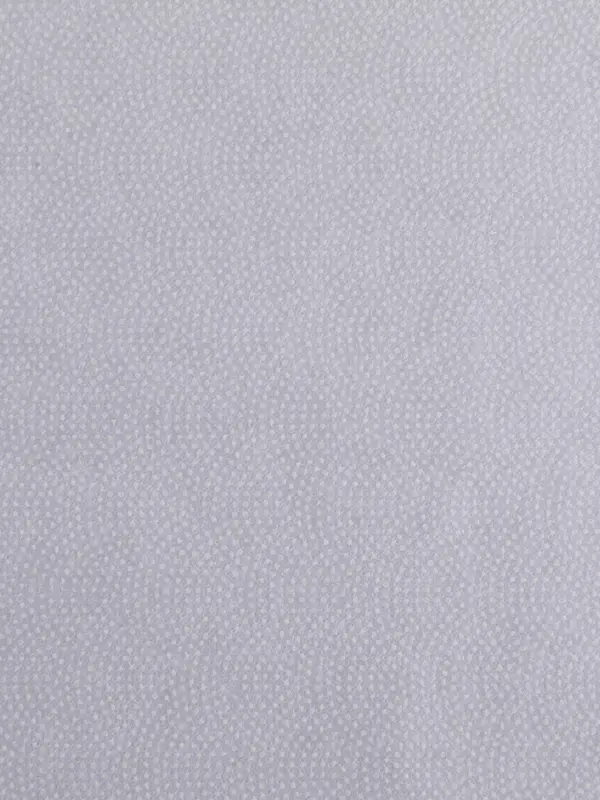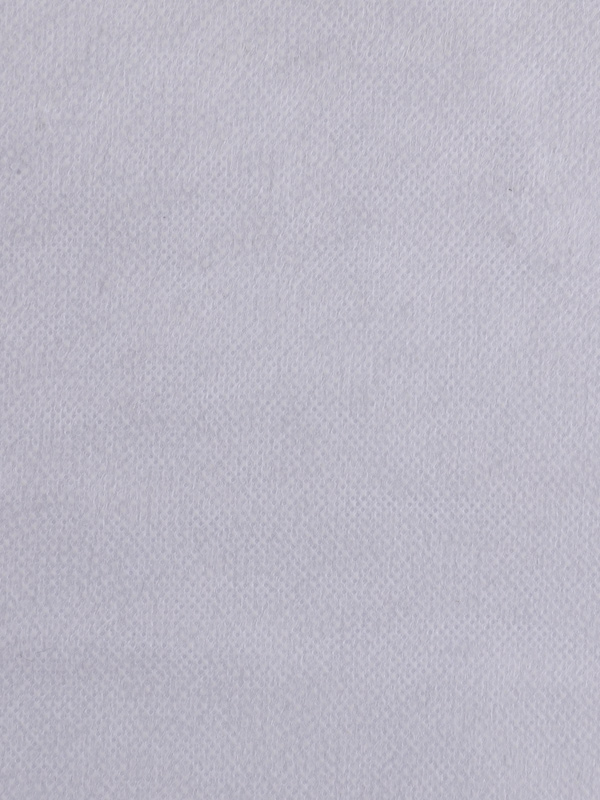Garment interlining is the material between the garment and its outer fabric. It is responsible for a smooth, luxurious feel, a quality finish, and comfort in wear. The use of interlining is also essential in creating a fashionable, custom-made look. There are various types of interlining, including woven, non-woven, and thermoplastic.
The types of interlining vary depending on their composition. Some are fusing interlinings, which are commonly found in suits and jackets. In fusing, the outer fabric and the interlining are fused together with adhesive. The split between the adhesive and the interlining should be 50:50 and must provide a peel bond strength of at least 16N/50mm. The degree of fusing affects the overall durability of the garment, so it is important to use the right temperature.
The type of interlining used for a garment can also influence the working performance. Fusible interlinings, for example, are more prone to cause surface distortion to the shell fabric during sewing, which affects the sewing process. However, non-fusible interlinings are also used for delicate fabrics. They are mainly made of shell fabric but may also contain woven interlining of similar color.
Garment interlining can serve a number of purposes, including adding body and insulation to a garment. It can also be used to create a firm base for embroidery. It also helps the garment to be easier to sew. Interlining should be chosen according to the fabric and color of the garment. If you are using an interlining for an outer garment, be sure to test it out first to ensure its comfort before you buy it.
The main purpose of garment interlining is to reinforce the garment's shape and performance. It also improves the drape of the garment and keeps the wearer's temperature stable. Usually, interlining indicates that a garment is of better quality, but it does require extra time in the manufacturing process. Polyamide interlining, for example, is widely used for outer garments. It is also used for the collar of a shirt.
Fusible interlinings are also used in knit garments. These fabrics have the benefits of good formability, good shape retention, and elasticity. Moreover, they improve the hand of the shell fabric, which helps to create the desired aesthetic features. Fusible interlinings also have the added benefit of enhancing the heat-insulating properties and wrinkle-proof properties of a garment.
When using interfacing, it is important to match the weight of the interfacing to the fabric. It should be the same as or slightly lighter than the fabric. Otherwise, it will dominate the garment and add unnatural structure. In general, medium-weight fabrics and knit fabrics are suitable for medium-weight interfacing. The weight and weave of the interfacing should match the properties of the fabric.

Product Specification:
Product number: 6025
Composition :Polyester
Glue:PES
Hand Feel :soft
Weight (range): light
Width(cm) : 90/100/150
Color: White/Black/Off White/Charcoal









